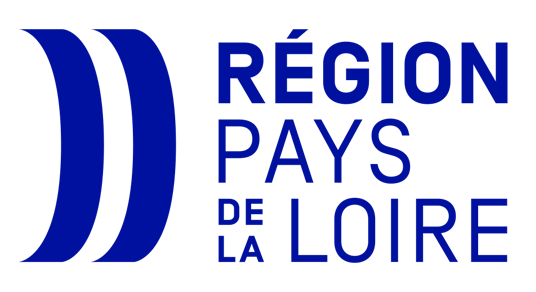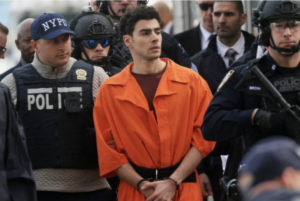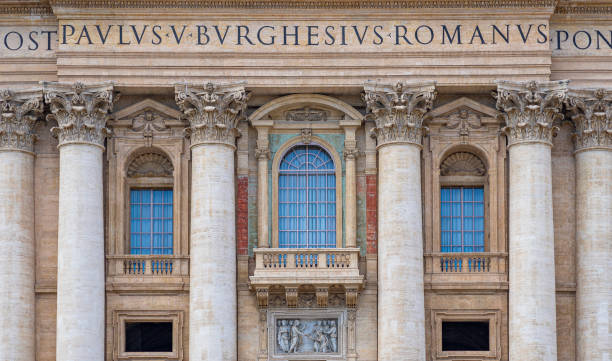The Origins of the Vatican’s Secret Service
According to the research of Diego Pirillo, an Italian researcher at the University of Berkeley, the Vatican’s intelligence apparatus was allegedly created in the 16th century by Cardinal Antonio Ghislieri, later known as Pius V. Its purpose was to monitor Queen Elizabeth I of England and counter the actions of the London court in Europe.
Vatican espionage activities have varied over the centuries, with periods of intense activity in the modern era, the 19th century, and the early 20th century. Between 1909 and 1921, the Vatican developed its own internal intelligence services called « La Sapinière » or « Sodalitium Pianum. » Initiated by Monsignor Umberto Benigni under the papacy of Pius X, this secret anti-modernist network aimed to combat social modernism. Later, diverse missions were undertaken to protect the interests of the Holy See and counter potential threats.
The Vatican is a spiritual and diplomatic center of Catholicism, with a complex history of secret services shaped by significant events. The Vatican’s diplomatic network, with 183 representations in 2018, includes ambassadors called « nuncios » and apostolic delegates. Security is handled by the Swiss Guards and the « Vigilanza » (gendarmerie), reporting directly to the Secretary of State, the head of the Vatican government.
The 20th Century: A Service in the Anti-Communist Struggle
Since the Lateran Accords in 1929, Italian intelligence services infiltrated agents into the Vatican, initiating a complex collaboration with other powers, including the United States and the United Kingdom, in the fight against communism.
Under the pontificates of Pius XII and John Paul II, the Vatican was heavily involved in the anti-communist struggle. John Paul II, trained by Polish intelligence, established a secret intelligence network upon his election, closely collaborating with emissaries whose activities were concealed even from the Secretary of State. The relationship with U.S. services was unique, with the Vatican receiving more information from the CIA than it provided.
The anti-communist struggle required significant financial means, and Opus Dei, a wealthy Catholic organization, played a crucial role by providing resources. However, the management of « secret funds » led to political and financial scandals, contributing to the resignation of Pope Benedict XVI in 2013
The 1981 assassination attempt on John Paul II added a dark chapter to this history. The investigation suggests possible involvement of the KGB, camouflaged by the German Stasi, although alternative theories point to the Gladio network, the CIA, or even the mafia.
The Popes and the Secret Challenges of the Vatican
While Benedict XVI was aware of the issues arising from John Paul II’s pontificate, which prioritized the anti-communist struggle while neglecting crucial matters such as pedophilia scandals, he himself faced accusations of inaction in handling these controversies. He acknowledged his mistakes and offered apologies to victims of sexual abuse by clergy during his tenure within the Church.
« I can only express, once again, my deep shame, profound sorrow, and sincere request for forgiveness to all victims of sexual abuse. »
Today, Pope Francis appears to be implementing a closely monitored organization to oversee bishops, aiming to maintain control over the administration of the Catholic Church and the Vatican. Concurrently, it is emphasized that networks could exist without public knowledge.










